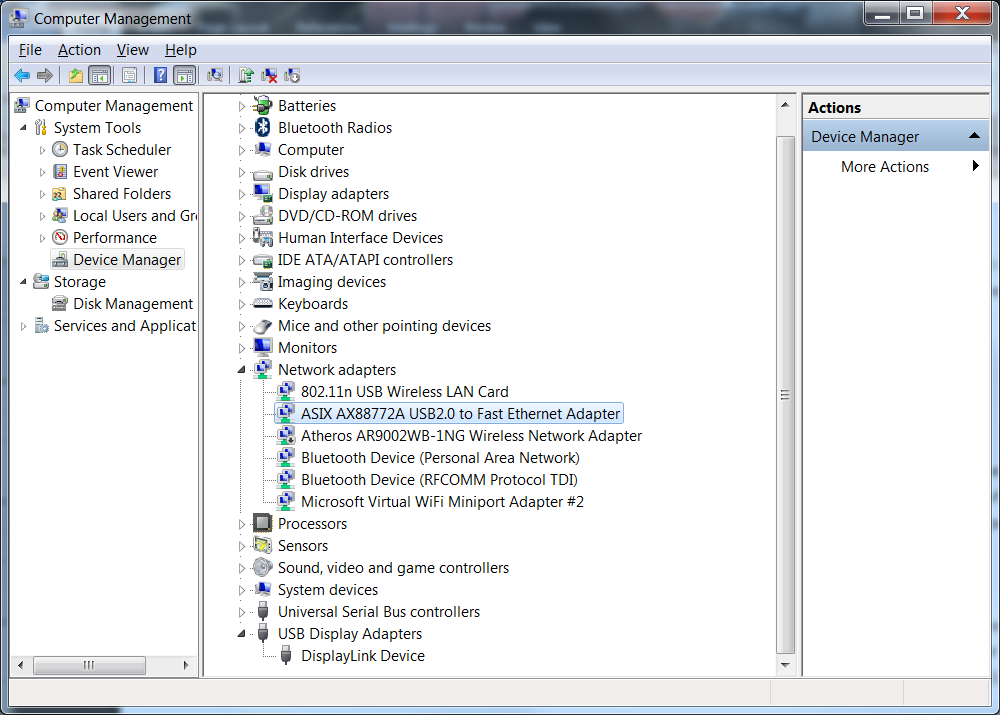Performance -
So how do you test the performance of something like this? It is a single USB 2.0 port that is subdivided in hardware and software to allow multiple devices to work through it. Well you do what we always do; we test it like it would be used. So we connected this to our Asus EEE Slate and then hooked up a set of speakers, a 1TB USB HDD, a 450Mbps Wireless adapter, and a Samsung 120Hz 22-inch monitor. From there we wrote this article and tinkered around with a few more items (that is how we found the Netflix issue we reported on recently). Do how did it do?... read on to find out.
Ease of Use -
Um.., the Lenovo USB 2.0 Dock was and is exceptionally simple to setup. All you have to do it connect it to your laptop/tablet and you are all set. Windows 7 will let you know that it needs to grab some drivers from the internet and will get them all installed. You will want to head over to DiskplayLink’s website and grab the updated driver from them, but that is more for stability and performance than anything else. After that you can connect and disconnect devices if you want and they will show up on your system quickly.
Aesthetics -
Here the Lenovo loses points, it is not a good looking product. It gets even worse looking as you connect more devices to it. It ends up being a fin shaped mass of cables and connections. It is better left out of eyesight. Of course being unattractive does not impact its performance. Just makes you not want to put it out in the open.
Dock Performance -
The dock performed very well. We had no issues at all with it on the performance side of things. There were some quirks though; when we were connected to the dock we found that we had to log into our internal e-mail server when normally we do not have to do that (when using the built in adapter). It was very odd to have this happen and it was something that did not seem to make sense. The account is an internal Exchange account it is connected to the log in account. The only thing that I could think is that the driver translation creates an issue where the domain does not see the account or interrupts the domain account long enough to force that login. Nothing else seemed to be affected though. As we mentioned the other performance metrics were excellent. 
With a USB 2.0 Drive attached directly
 With a USB 2.0 Drive attached to the Lenovo Dock
With a USB 2.0 Drive attached to the Lenovo Dock
The video connection was also very good. It is not gaming quality and when we tried the connection did get rather angry with us and went blank. We were able to watch video and even work with large image files but there was no real gaming, at least not 3D gaming. The LAN port was, unfortunately, a disappointment, we were hoping for GBe but Lenovo only put in a 10/100 port. This was done because of the limited bandwidth (relatively) available with USB 2.0. If they had dropped in a GBe port, well we are pretty certain that when you were moving large files you would lose performance in the other attached objects.





